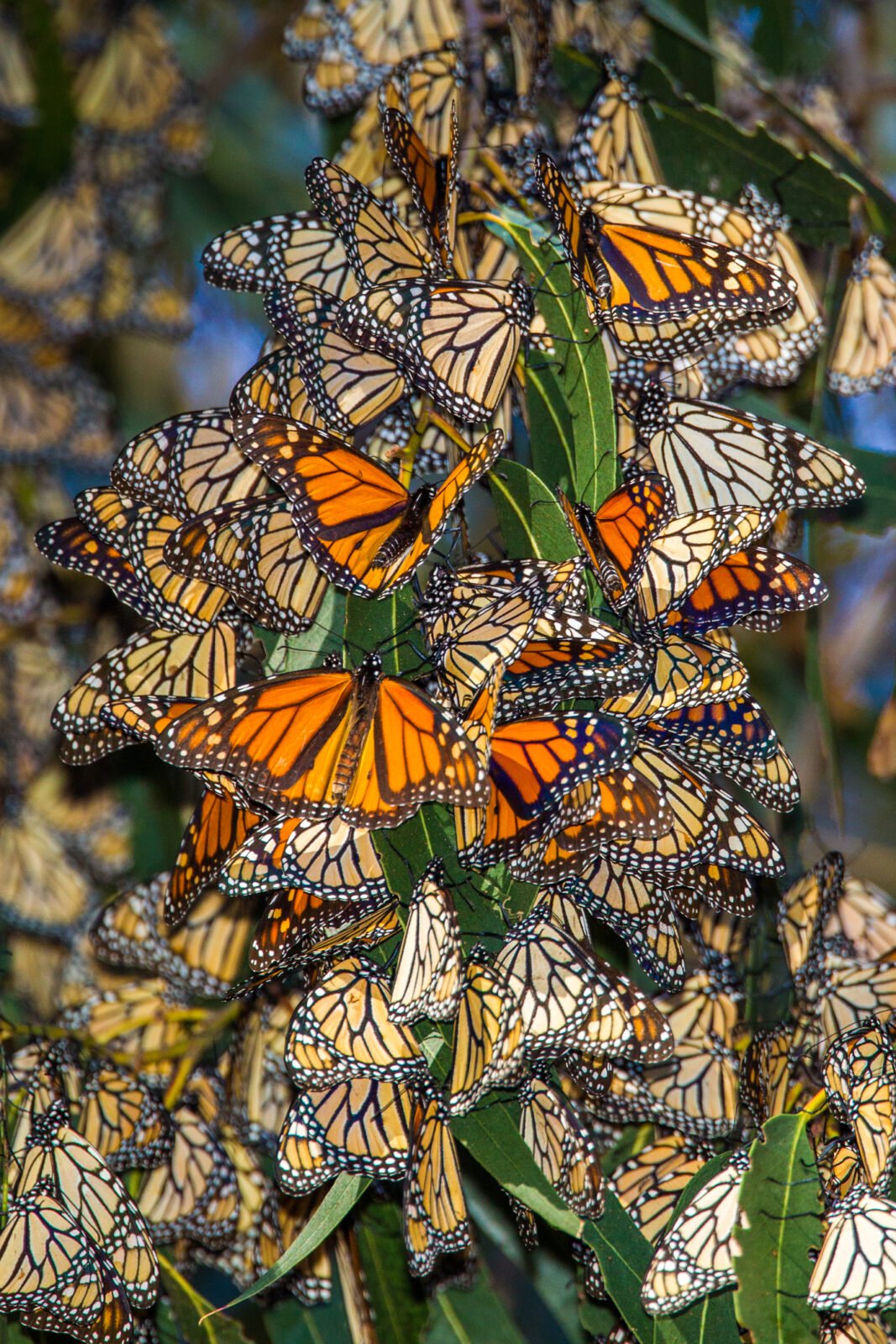
Native News Recap: 2022
Here’s a native news recap looking back at some of the biggest native plant news stories of the...
Over the past two years gardening has suddenly become very popular with people who are spending more time at home due to COVID. Enthusiastic but inexperienced gardeners are putting in food gardens, ornamental plants, outdoor living spaces, containers, and water features to enjoy gardening’s benefits of exercise, healthy food, and a connection to nature. There is a more acute awareness of our environment and our effects on the natural world, and we now realize that some gardening practices that have been done in the past can cause more harm than good. These practices threaten the natural biodiversity that we strive so hard for, and so we need to broadcast to newbie gardeners the best methods for increasing biodiversity and creating better habitats over the long term.
Pesticides, lawn chemicals, the use of invasive and non-native plants, emissions from gas equipment, and irrigation of turfgrass are all damaging to the environment. With good intentions to improve the outdoor environment, gardeners need to step back, educate themselves, and evaluate and modify so that we can benefit the environment instead of just benefiting ourselves. Thoughtful and well-informed garden practices like composting, planting natives, establishing wild areas, curtailing use of pesticides, and planting diversity are all important to create your own backyard oasis that will encourage biodiversity.
The power of one in starting with your own backyard is essential in getting the ball rolling so that neighbors will imitate and benefit as well. If you are establishing a native garden, make sure your neighbors know what you are doing. The simplest way to accomplish this is to place a sign in your yard. Once people see what you are doing, others will follow suit. Here are other things you can start with:
Start a compost pile to break down all your yard waste to create your own fertilizer. When cutting down old perennials in the spring, leave the debris on top of the soil to act as a natural mulch. Keep fallen leaves in garden beds where possible or rake them under trees. Composting at home is free, and anyone can establish a small area on their property where you can stash your dead materials to break down. For pest infestations, try organic methods first, like organic chemicals, row covers, and encouraging beneficial insects. Or just accept that you will have some holes in your leaves!
Instead of planting exotic ornamental plants, choose native plants and aim for a landscape with at least 70-80% native or native cultivars. If you have all exotics already, start small and begin replacing failing or older exotics first and continue the ongoing process each gardening season. This way, you won’t be overwhelmed with ripping everything out and starting from scratch.
If you have swathes of lawn, consider removing it gradually and adding native plants in new planting beds or establishing meadows. I created a huge meadow around my beehives by laying down cardboard and newspaper, adding soil on top and planting native meadow plants. The only maintenance is to cut it down in early spring. Blooming all season long with a parade of different wildflowers, it is always a buzzing place in the summer.

If you have swathes of lawn, consider removing it gradually and adding native plants in new planting beds or establishing meadows. I created a huge meadow around my beehives by laying down cardboard and newspaper, adding soil on top and planting native meadow plants. The only maintenance is to cut it down in early spring. Blooming all season long with a parade of different wildflowers, it is always a buzzing place in the summer.

I hear this phrase all the time and feel that it has lost its impact. There are definitely ways to help our native bees and other critters, and most of the methods are to plant natives and increase the biodiversity of your yard by planting lots of species that bees benefit from. Get messy with your gardens and don’t mulch every inch. Many native bees nest underground and use mud in nesting and require wild un-mulched areas and water sources to accomplish this. Recently, I had some diseased trees removed, kept the logs, and created a native bee habitat with it by drilling holes into the logs for nesting. Attracting pollinators is easy if you have the right housing, food, and water.

Some gardeners don’t have a lot of room in their yards, but you can make a difference by planting keystone plants, those that make a big difference and affect the web of life in your own backyard. Doug Tallamy explains it in his video, “Native Keystone Plants for Wildlife” where there are “essential members of every landscape”. For example, if you can only plant one tree, make it an oak, which serves as a backbone of the entire ecosystem, and furnishes a habitat for hundreds of living organisms. Another resource is the National Wildlife Federation website where you can look up these important plants by region.
As a landscape designer, I work at many properties where the grass is treated with chemicals on a regular basis and the trees and shrubs are sprayed for disease and insects like clockwork, even though they might be healthy. All of these practices should be thoughtfully evaluated, and instead we should implement Integrated Pest Management (IPM). IPM is an environmentally sensitive approach to managing pest and disease using common sense methods. Using this approach poses the least possible hazard to people, property, and the environment.

Claire is a horticulturalist and landscape design consultant. Owner of Claire Jones Landscapes, LLC, Claire’s designed gardens have been featured in print publications like WSJ and Style Magazine. A garden writer at The Garden Diaries, Claire maintains 3 honeybee hives and gardens at her home in Maryland.

Here’s a native news recap looking back at some of the biggest native plant news stories of the...

In the past we have emphasized the importance of keystone species in supporting bird populations,...
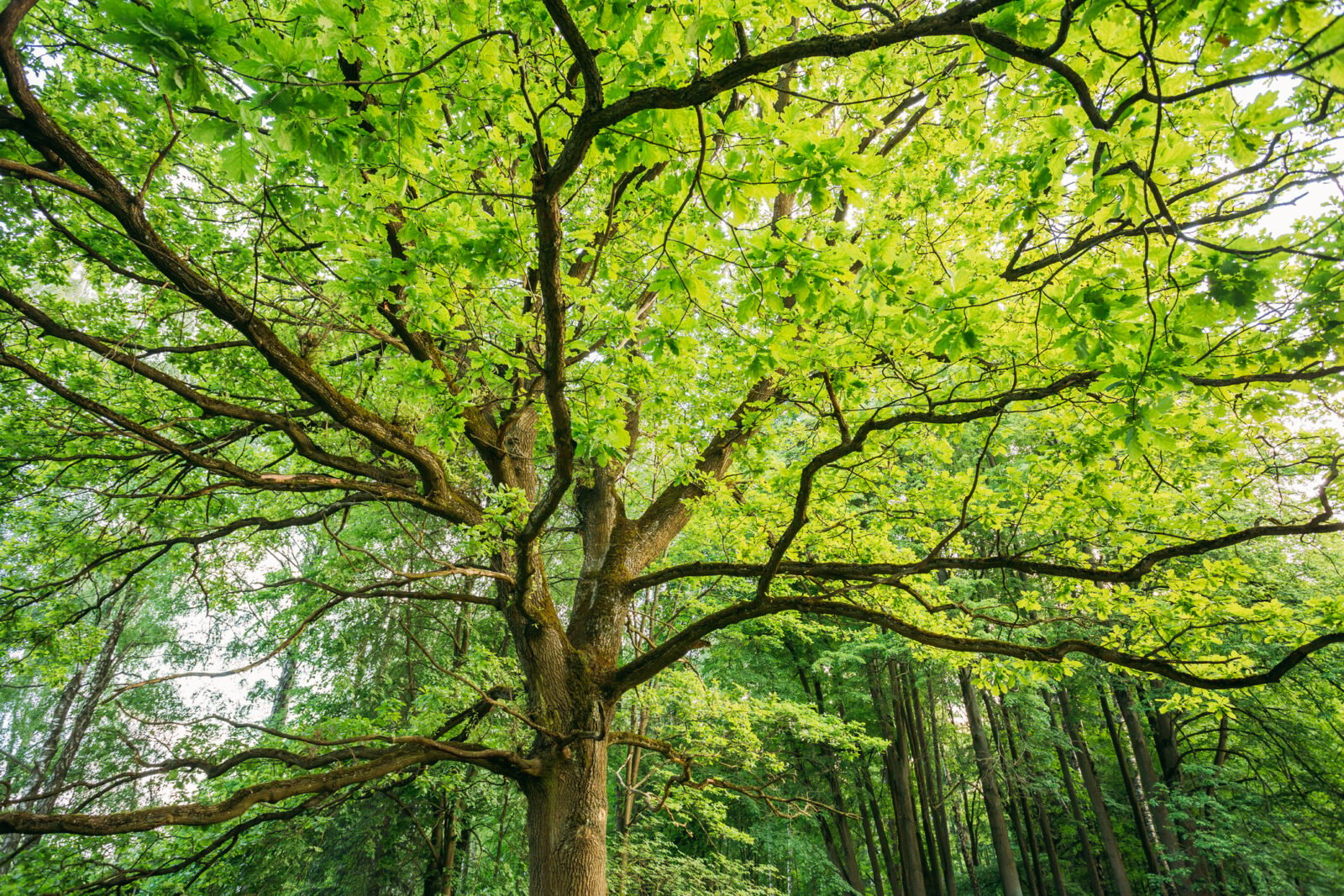
Perennials are the stars of most gardens, and no wonder! They provide a variety of shapes and col...
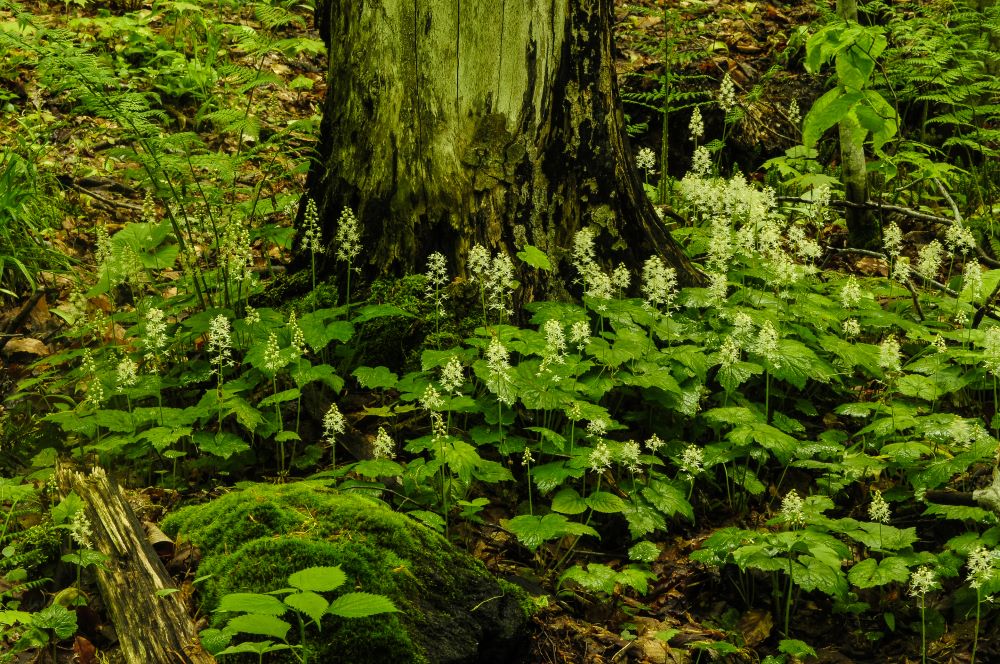
These native ground covers for shade make a perfect living mulch by holding in moisture, keeping ...
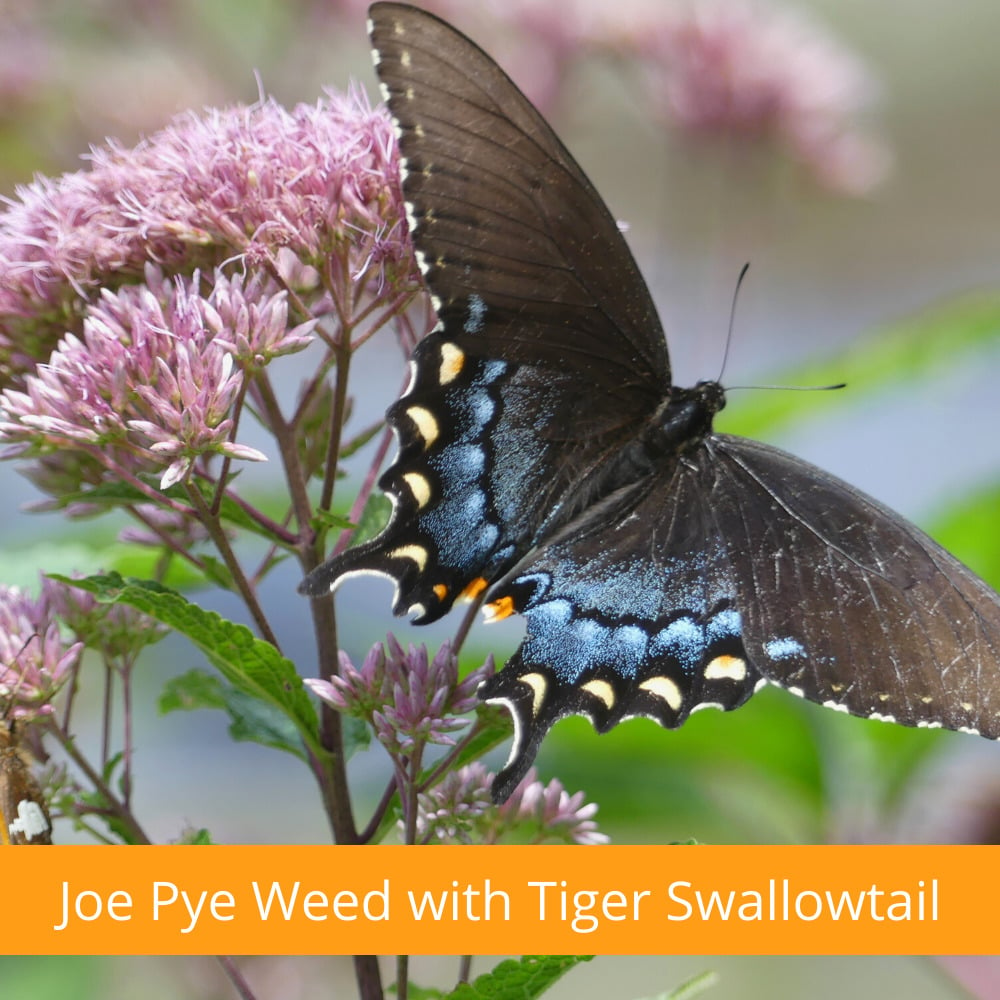
Gardening is ‘In’! Over the past two years gardening has suddenly become very popular with pe...
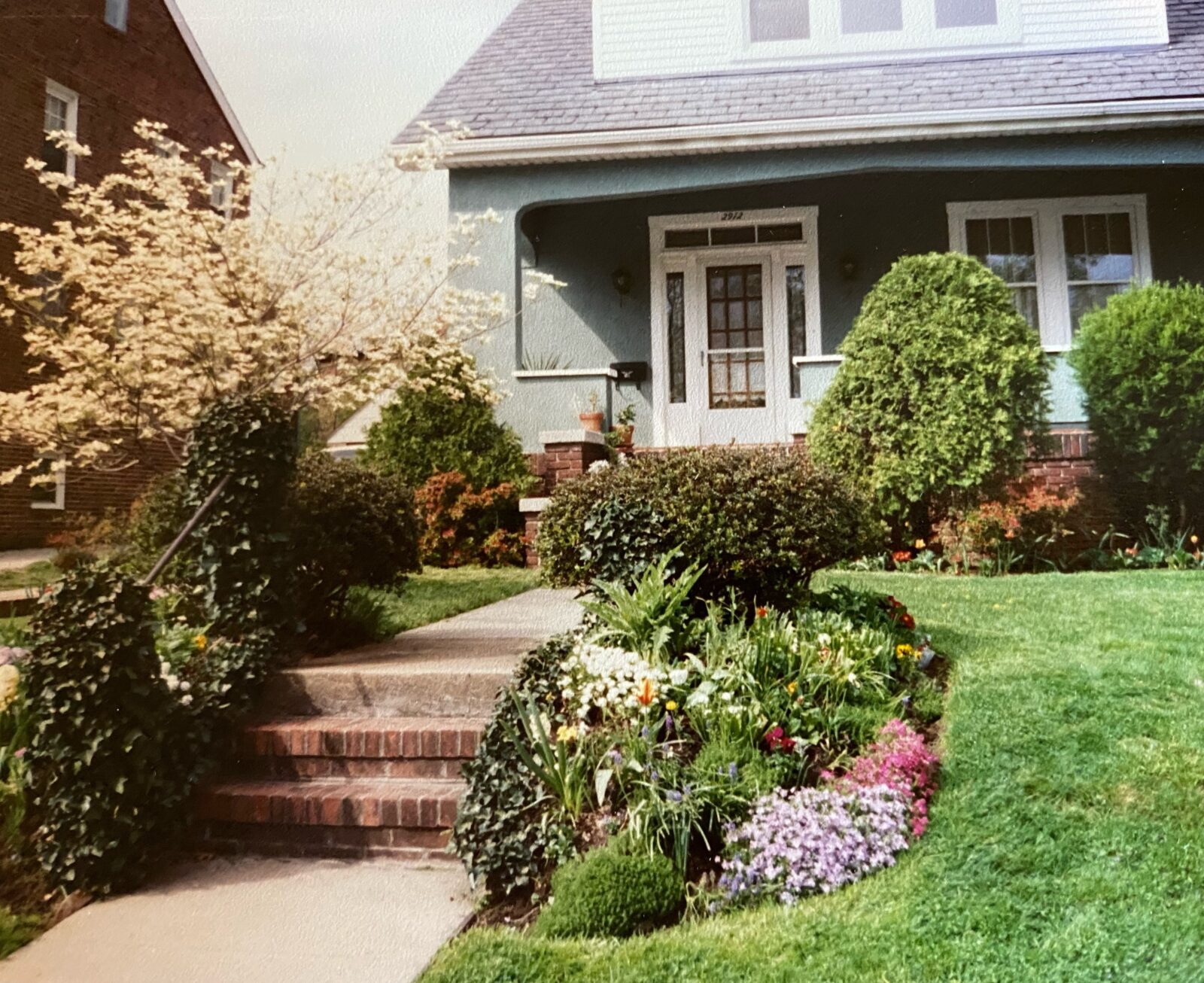
Mothers give us so much, but sometimes it takes a while for us to appreciate the gifts that we ca...
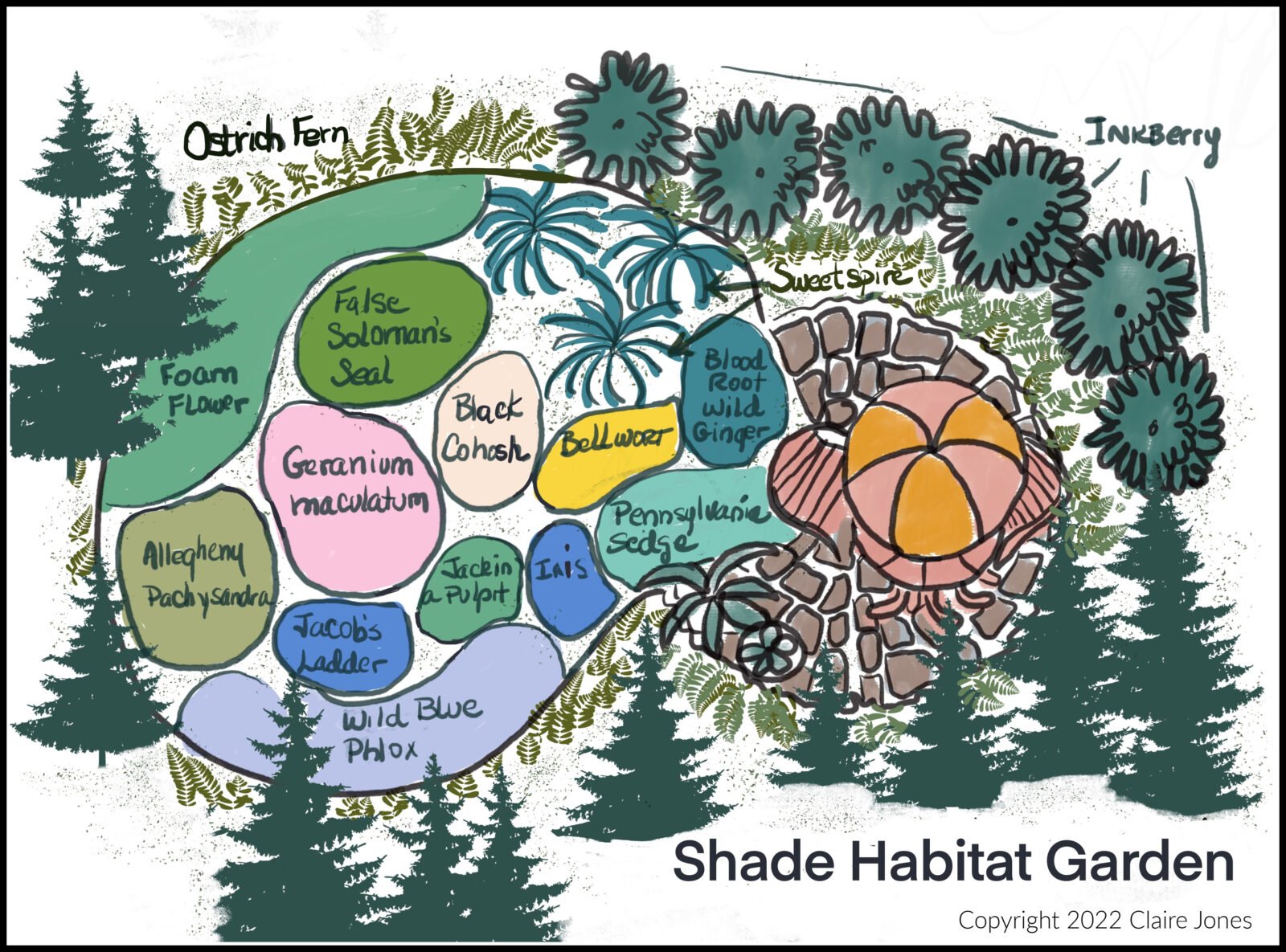
This is the second part of my Habitat Heroes Design series. The first part was a sunny garden of ...
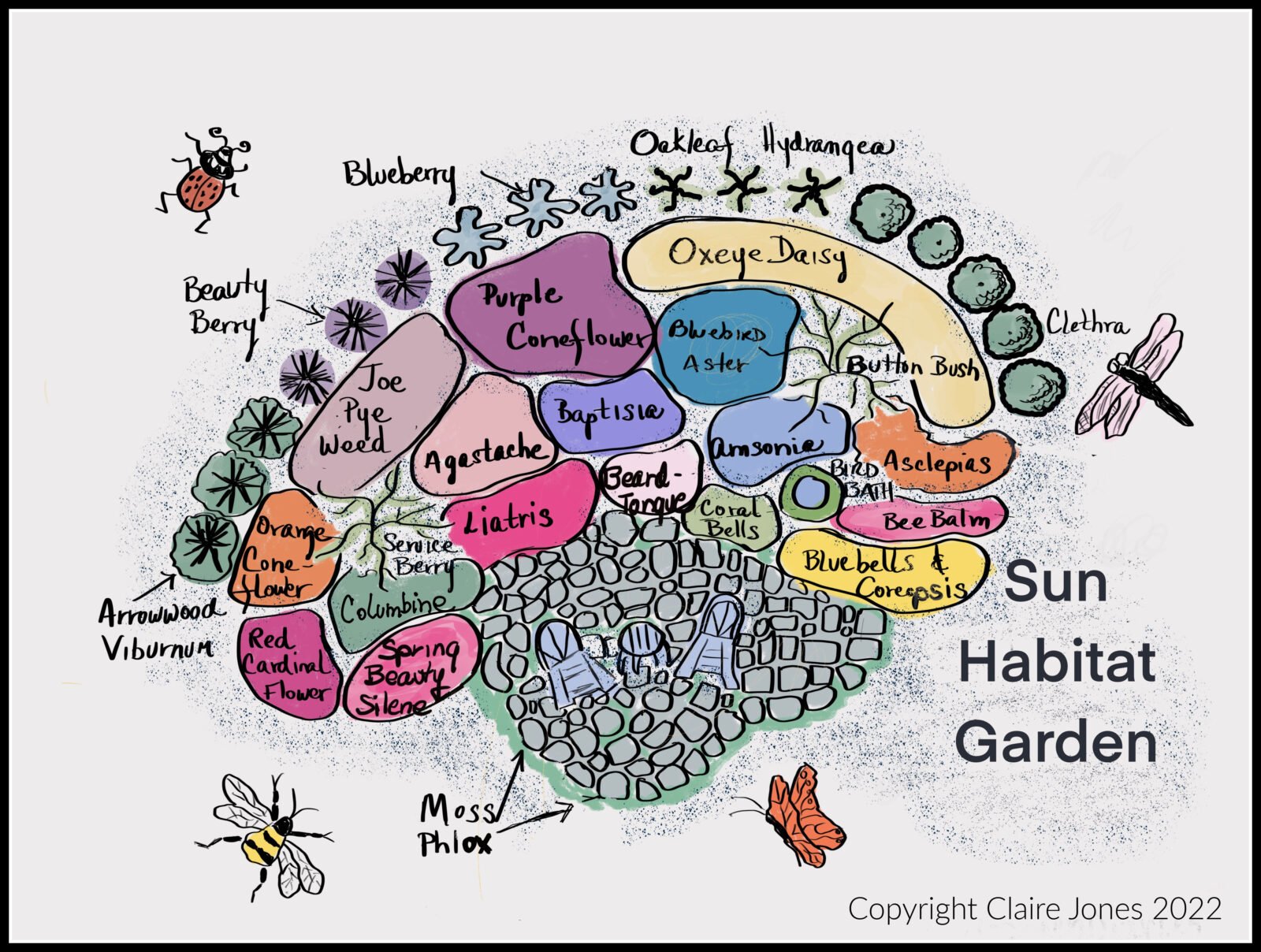
This blog post will cover how to design and install a Sunny “Habitat Hero Garden” with native...
Now Shipping for Spring 2024!